前言
接續 Go 安裝後,介紹 資料型態、運算式 功能、內容吧!!
內容會比較多,請慢慢觀看!!
Golang特性
- 開放原始碼 (open source)
- 靜態型別的編譯語言;但語法類似於腳本語言 (scripting language)
- 跨平台 (cross-platform)
- 內建垃圾回收 (garbage collection),可手動調整觸發時機
- 內建平行處理 (concurrency) 的語法
- 內建函式程式設計 (functional programming)
- 輕量級物件 (lightweight object) 系統
- 程式風格強制統一
- 快速編譯
- 內建開發相關工具
- 豐富的標準函式庫
- 成長中的社群資源
型態
Go 預先定義型態(Pre-declared Type),內建資料型態有布林(Boolean)、數字(Number)與字串(String)型態。
1
2
3
//宣告方式
var <name> <type> //var <變數名稱> <資料型態>
var <name> <type> = expreesion//var <變數名稱> <資料型態> = 值
1 | //宣告方式 |
型態種類
布林(Boolean)
預定義型態也是具有名稱的型態(Named Type),布林型態名稱為 bool,只有兩個預先定義的常數 true 與 false,由於只有兩個值,因此在 Go 的規格書 中,並沒有明確提及 bool 的大小,雖然在 Go 官方網站的 The Go Playground 執行以下程式碼,會告訴你 bool 大小是 1:
1 | package main |
數字(Number)
數字型態為整數與浮點數的集合,整數部份支援無號與有號整數,名稱分別為 uint 與 int,int 長度會與 uint 相同,而 uint 長度視平台實作而異,可能是 32 位元或是 64 位元。
有號整數的型態名稱為 int8、int16、int32、int64,顧名思義,使用的長度分別為 8 位元、16 位元、32 位元與 64 位元,舉例來說,int32 可儲存的整數範圍為 -2147483648 到 2147483647,而 rune 為 int32 的別名,可用來儲存 Unicode 碼點(code point)。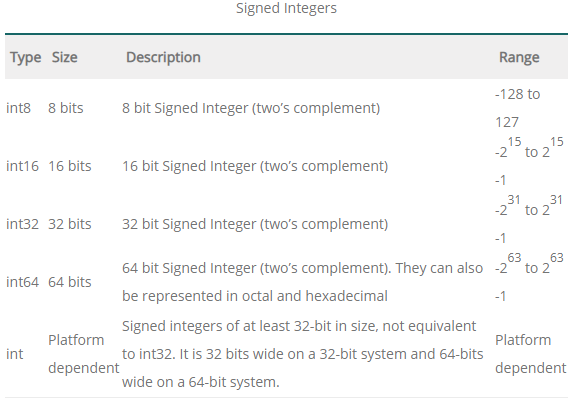
如果想要長度固定,無號整數的型態名稱為 uint8、uint16、uint32、uint64,顧名思義,使用的長度分別為 8 位元、16 位元、32 位元與 64 位元,舉例來說,uint8 可儲存的整數範圍為 0 到 255,這也是開發者熟悉的位元組型態,而在 Go 中,byte 正是 uint8 的別名。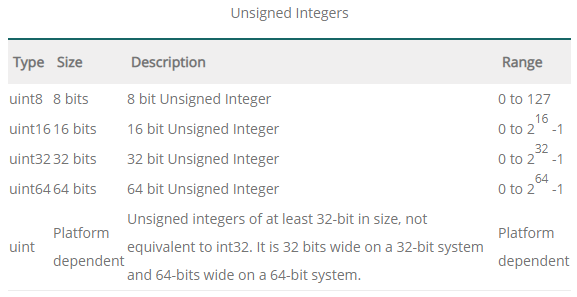
範例 - 數字型態大小
1 | fmt.Printf("uint8 : 0 ~ %d\n", math.MaxUint8) |
字串(String)
Go 的字串在實作上使用 UTF-8,就目前必須先知道的是,當使用雙引號包裹一系列文字,會產生字串型態,預設型態為 string,例如,”Justin” 會建立一個字串。
如果對字串使用 len 函式,傳回的會是位元組數量,而不是 Unicode 碼點的數量;如果使用 [] 搭配索引,取得特定索引位置的值,那麼傳回的會是 byte(uint8)型態。
其他型態

1 | package main |
運算子Operators
代數運算子 (Arithmetic Operators)
代數運算子用來進行基本的四則運算。以下是代數運算子:
- +:相加
- -:相減
- *:相乘
- /:相除
- %:取餘數
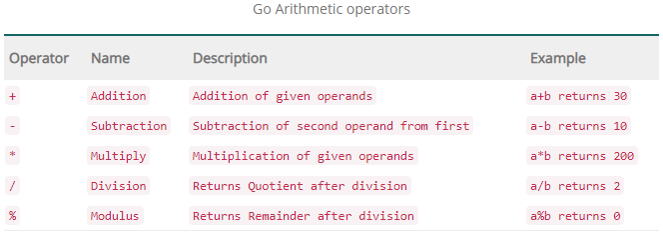
由於四則運算的原理相當簡單,讀者可試著自行閱讀程式碼。要注意在進行除法運算時,整數 (integer) 和浮點數 (floating point number) 會有不同的行為。
由於浮點數內部儲存數字的方式和整數相異,浮點數運算可能會產生誤差,故我們在比較浮點數的運算結果時,不會直接用相等 == 來比較,而會確認運算結果的誤差在許可範圍內。我們使用 math 套件的 Abs 函式取得誤差的絕對值 (absolute value),以消除正負號所帶來的誤判。
1 | package main |
二元運算子 (Bitwise Operators)
二元運算子也是代數運算子。但二元運算的概念和一般的代數運算有一些差異,故我們將其分開。以下是二元運算子:
- &:bitwise AND
- |:bitwise OR
- ^:bitwise XOR
- &^:bit clear
- <<:左移 (left shift)
- (>>):右移 (right shift)

由於二元運算在日常生活中不會接觸到,我們把運算過程寫在註解中,供讀者參考。
1 | import ( |
比較運算子 (Comparison(Relational) Operators)
比較運算子用來比較兩項資料的大小,比較後會回傳布林值。以下是比較運算子:
- ==:相等
- !=:不相等
- <:小於
- <=:小於等於
- (>):大於
- (>=):大於等於
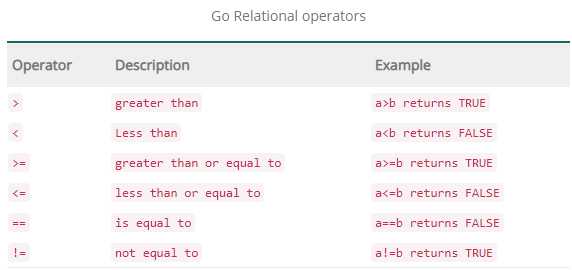
以下是簡短的實例:
1 | package main |
邏輯運算子 (Logical Operators)
邏輯運算子用於布林運算,包括以下三種運算子:
- &&:且 (and)
- ||:或 (or)
- !:非 (not)

以下是簡短的實例:
1 | package main |
其他運算子
位址運算子 (Address Operators
位址運算子有以下兩種:
- &
在不同情境,位址運算子有不同的意義。基礎的財經運算用不到位址運算子,日後有機會時會在介紹指標時用到位址運算子。
接收運算子 (Receive Operator)
接收運算子有以下符號:
- <-
接收運算子用在通道。基礎的財經運算用不到共時性程式,故不會用到接收運算子。
運算子-補充
型別轉換
Go 語言為了避免不經意的錯誤,不能直接把不同型別的資料相結合。例如,在 Go 程式中不能把整數和浮點數直接相加。轉換型別的方式是用 T(x);像是 float(3) 會把整數 3 轉為浮點數 3.0。
運算子優先順序
為了處理在單一敘述中出現多個運算子的情境,程式語言有內建的運算子優先順序。像是 Golang 官方提供了一份運算子優先順序的清單。
但程式設計者甚少背誦運算子優先順序。因為:
- 運算子的優先順序和數學的概念相同
- 可藉由簡化敘述來簡化運算子的使用
- 可使用括號來改變運算子優先順序
常數
常數特性
常數試紙不能更便的數值(value),執行的期間是不能做更改。常數與變數宣告都是相同,但不是使用var關鍵字,則是使用const關鍵字,依據宣告常數名稱記得設為大寫。
宣告常數的好處在於常數宣告後即不能修改。若我們試圖修改常數,會在程式編譯時引發錯誤,提醒我們必需改掉錯誤的動作。
1 | //常數使用方式 |
跳脫序列 Escape Sequence
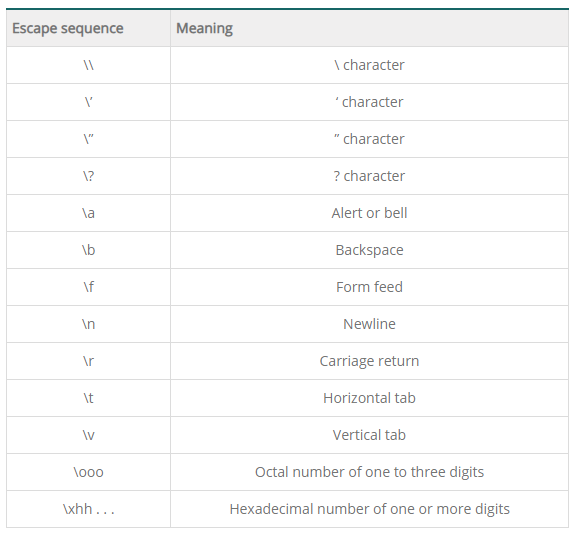


![[Github Pages] 如何建立多個專案網站](/image/20250315_20-53-42.png)


![[Benchmarks] Database Connect 效能差異](/image/20250318_23-37-06.png)